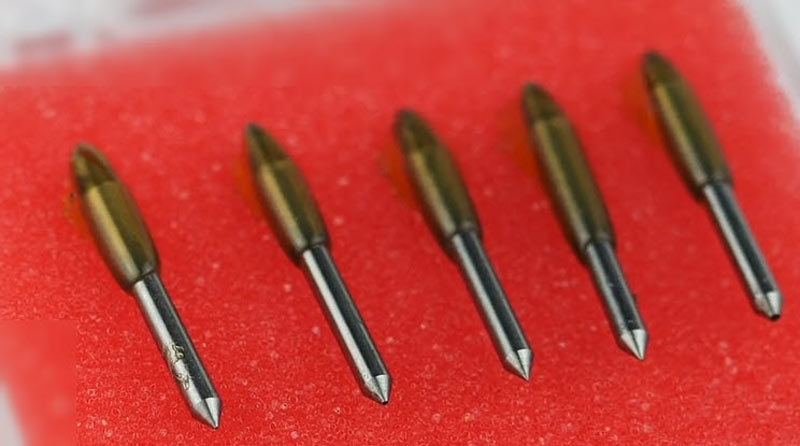Ever since 2014, global demand for vinyl has been growing at a yearly rate of about 3.2%. This demand makes sense- after all, it is a durable plastic that can be used to make basically anything that you could dream of.
This rising use of PVC means that the technologies used to cut it are more important each and every day. Vinyl plotters are one of the most precise and user-friendly technologies out there, and they are quickly becoming a staple in pretty much every industry.
Read on to learn about vinyl plotter blade angles and how to prevent mistakes when cutting through this high-demand material!
What Is a Vinyl Plotter Blade?
A plotter is a machine that produces vector graphics. It uses a computer-controlled blade to cut shapes out of different cuts of vinyl in varying thicknesses.
The vinyl plotter blade is simply a small knife that can be put into a plotter. It is intended to cut vinyl precisely and automatically so that you can get the right size and shape for your project with minimal effort.
How Do Angles Affect Cuts?
Generally, you can get either high-quality sure-cut blades or cheaper, internationally-made Econo-cut blades in three basic angles. They come in 30, 45, and 60-degree blade angles so that you can get the most precise cut out of your vinyl sheet.
When choosing which blade angle to use, your goal is to get the right one to cut through the thickness of your material. If your blade is too dull, you are not going to be able to make the cut you need. On the other hand, blades that are too sharp will result in imprecise, choppy cuts.
60-degree blades are the sharpest and they are ideal for cutting thick cuts of vinyl.
What Mistakes Does It Prevent?
30-degree blades are the dullest blade cuts.
If you use a dull blade on a thick piece of vinyl, you likely will not be able to cut through it all the way. However, if you manage to get through the material, it will create something called ‘vinyl ears.’
This situation happens when the blade drags through the vinyl too slowly and refers to edge lifting. Get a sharper blade to avoid poor quality, jagged cuts.
On the flip side, if you use a 60-degree angle blade for your thinner piece of vinyl, you’re going to get a choppy cut and overshoot the edges of your desired shape. This results in imprecise sizes for each piece of vinyl and a much more difficult time getting pieces of your project to fit together.
Using an overly sharp blade also ruins the blade. It will press too hard in the material and dull faster. This means that you will have to switch the blade out often and waste time, money, and resources.
45-degree angle blades can be used for either project, so they are a good investment. However, if the piece is too thin or thick, your cut will be imprecise.
Get Started
While choosing the right blade for your vinyl plotter can be a challenge in different scenarios, it is not that difficult a task when you know what you need.
Now that you know all about vinyl plotter blade angles and how to choose the right one for your project, it is time to get started buying the best blades on the market. Click here to contact us and ask us any questions you may have about our high-quality and affordable blades.
Simple Solutions International offers a full selection of plotter blades and plotter pens as well as a variety of useful tools for use in plotting and sign making such as plotter adapters, masking film, spray mask, and other sign making tools and accessories.

